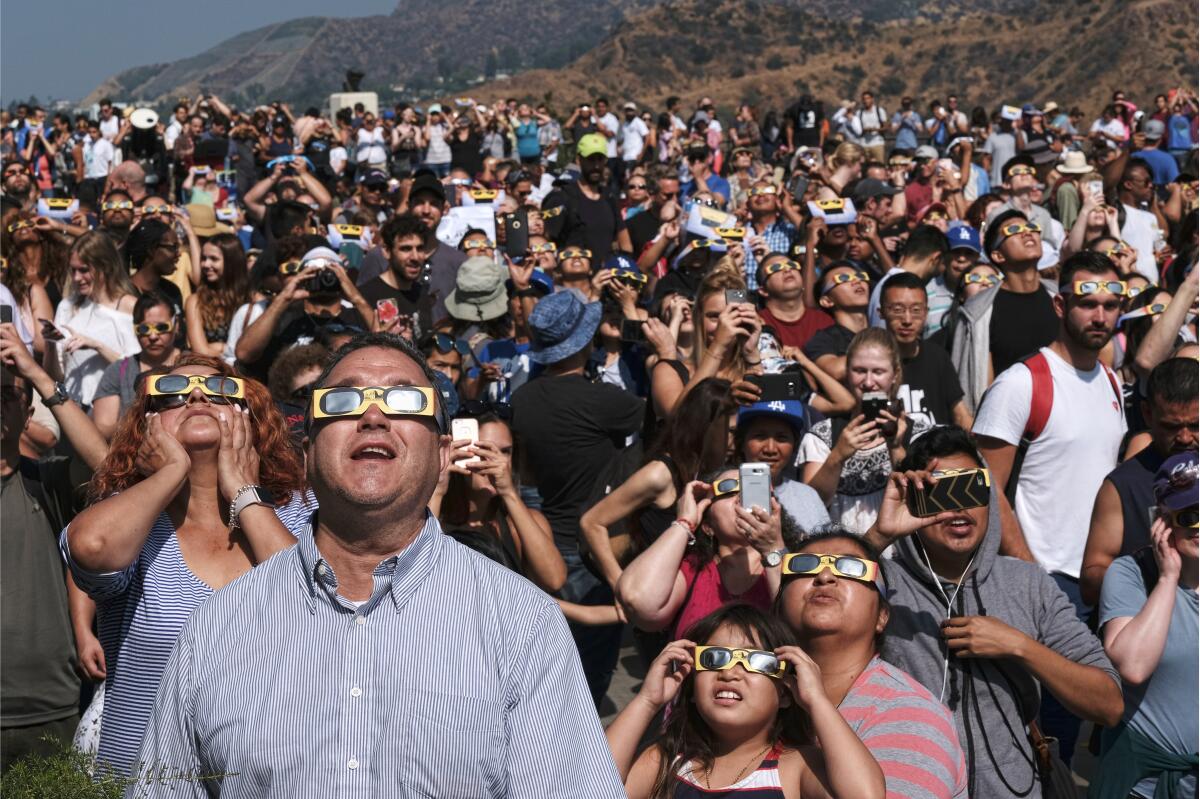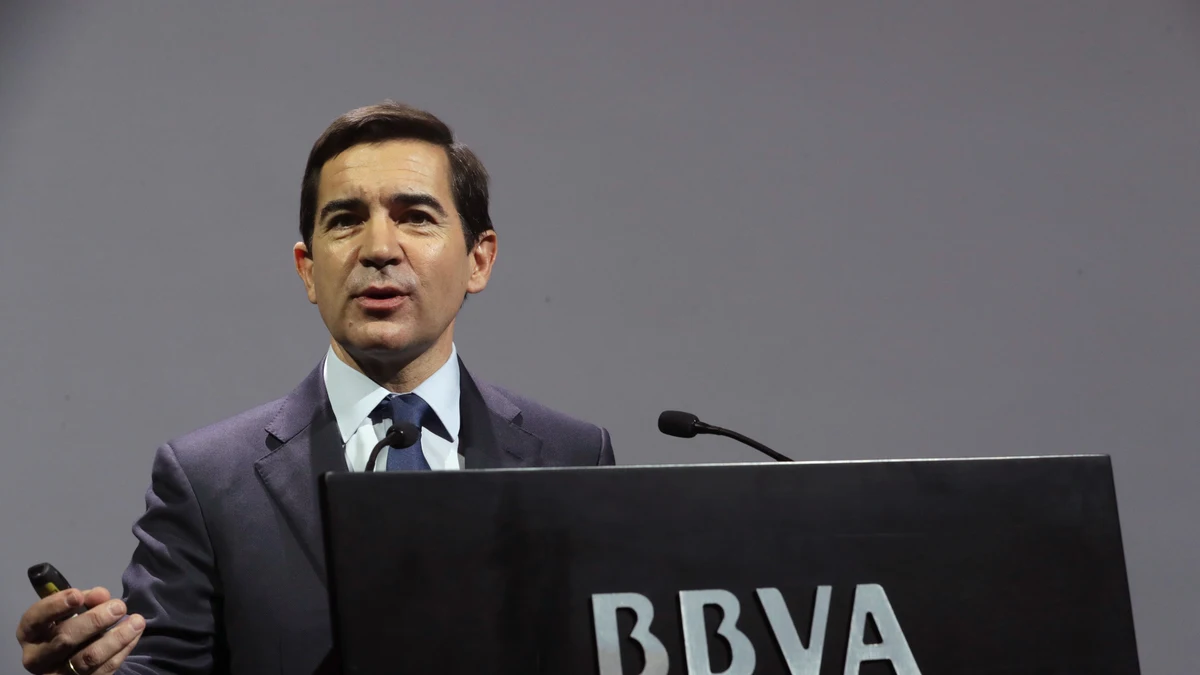Your last-minute guide to enjoying the solar eclipse in L.A. and beyond
Advice, Resources & Guides,Fast Break
Rong-Gong Lin II Hannah Fry Karen Garcia April 8, 2024
It’s finally here: the great eclipse of 2024.
The last total solar eclipse that crossed the contiguous United States was in August 2017, according to NASA. Another one wont cross again for 20 years.
Throngs of people are traveling to the Midwest and east, where the eclipse action will be the most dramatic.
And although California wont experience the phenomenon of totality, there is still plenty to see.
Here is a quick guide:
The basics
Total eclipse: Midday darkness will be cast on a sliver of states, including Texas, Illinois, Ohio and New York but there wont be any totality in Los Angeles.
Partial eclipse: In Los Angeles, about half of the sun will be visibly covered by the moon, and in San Francisco, one-third will be.
The northernmost parts of the state will see the smallest amount of the eclipse, while cities to the south will experience more.
The timing
In Los Angeles, the action begins at 10:06 a.m. A substantial blocking of the sun will be obvious by 10:39 a.m. and will peak at 11:12 a.m. By 12:22 p.m., it will be over, according to the Griffith Observatory.
There will be a lot of events locally.
Safety, glasses, phones
Looking up: The first rule of a solar eclipse is, dont look at the sun without specialized eclipse glasses or a solar viewer. Its not safe. If you look up at the eclipse without protection, it will cause severe eye injury, according to NASA.
Using the right glasses: Here are some safety and glasses tips.
Taking pictures: Even taking photos on your phone can pose risks to your eyes. Casually including the sun in a photo for a quick snapshot isnt really a safety issue for the camera. But experts have tips.
And finally …
Enjoy the day! Rare moments can bring people together. At least some scientists think so.
Of course they can also spark end-times conspiracies (please, ignore those!).





